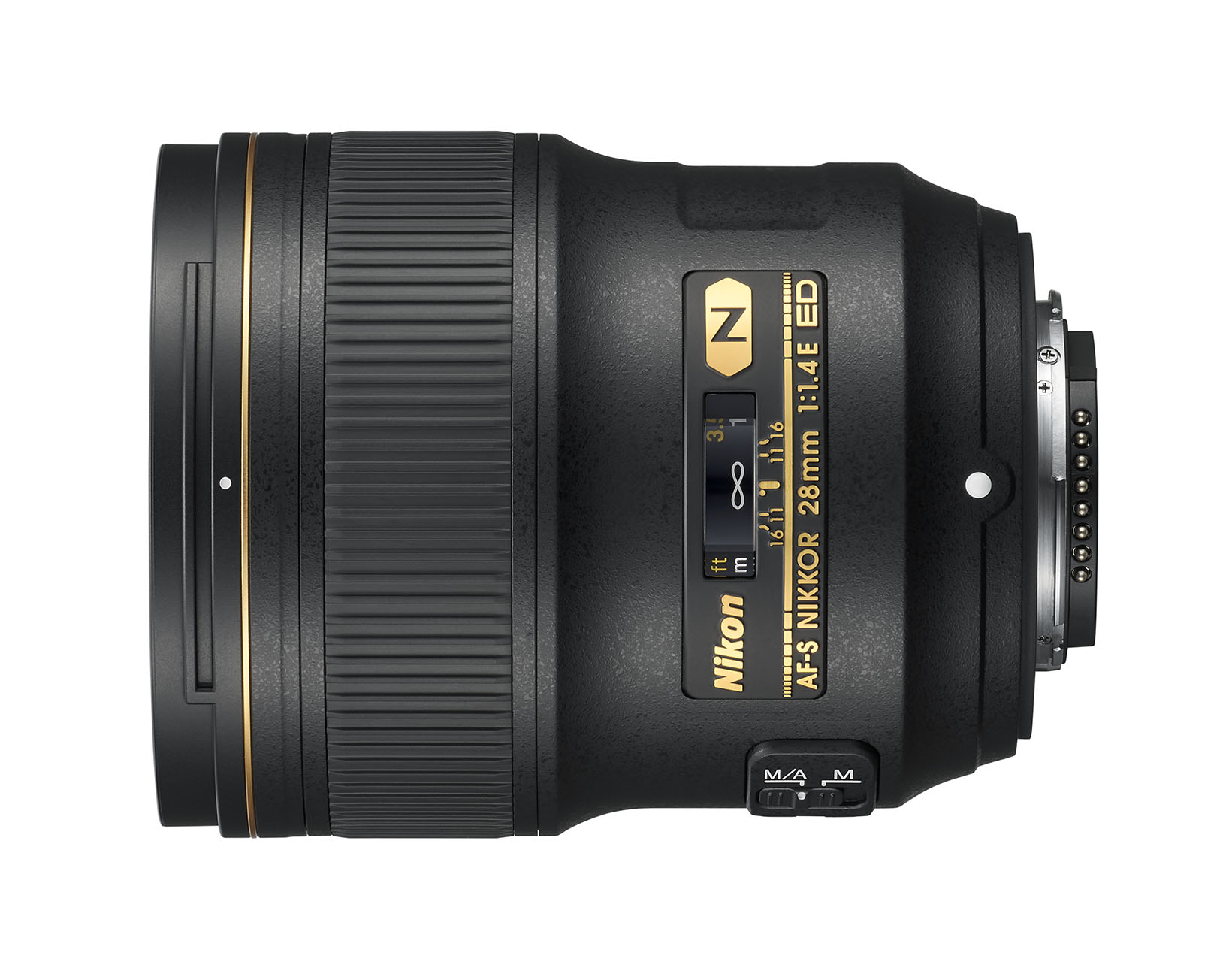

It is very capable of producing sharp images and has more zoom range (10X) and close focusing abilities (18 inches) that might otherwise require a whole bag of lenses. Nikon 28-300mm f/3.5-5.6G ED VR ($1046) This ultra zoom is the do-it-all and the only lens you may need. While there are more expensive options that may have slightly better technical image quality, they cost at least twice as much and weigh much more. For the traveler it deserves a place in your bag. If telephoto is not your primary range, this lens will open a world of new possibilities. Although it does not offer the fastest aperture, the VR helps stabilize images. Nikon 70-300mm f/4.5-5.6G ED VR Lens ($586) For a telephoto lens, no other Nikon lens comes close to offering the combination of range, size, weight and price of this lens. It would be right at home on your new Nikon D750. For those seeking wide angle for landscapes, interiors or dramatic effect, this is the go-to lens. At only 385 grams it is relatively light and also compact at 3.7-inches in length. In includes aspherical and ED glass elements for outstanding image quality. It provides the focal range from ultra wide angle to normal and renders extremely sharp images. The truth is this lens is sharp, relatively lightweight (465 grams), flexiable 3.5X zoom range from wide angle to telephoto and focuses as close as 1.25 feet. This lens uses the latest technology: three aspherical elements, one ED element, Nikon Super Integrated Coating and internal focusing. It offers VR to help stabilize hand-held images you may find for many purposes that it eliminates the need for a tripod. Nikon 24-85mm f/3.5-4.5G ED VR Lens – ($596) While often bundled as the kit lens with entry-level FX cameras, this lens is very capable. These lenses will allow your wallet more flexibility, while still providing excellent image quality. With that accomplished, you may have a limited budget, at least initially, for a good lens or two. While the best advice may be to invest in lenses and not camera bodies, the fact is you probably have (or are considering buying) a Nikon D750. Below is a list of lenses from budget to specialty lenses along with advice about why one may be preferred over another. Budget and size/weight preferences further define which lens may preferred. While fixed focal length (or prime) lenses may provide the absolute best technical image quality, they lack the flexibility of a zoom lens. To find the best lens for your D750, first decide which focal length or lengths would suit your preferred style of photography. Further features which are beneficial include vibration reduction (VR) for all focal lengths but especially longer telephoto lenses as well as Extra-low Dispersion glass (ED) which reduces chromatic aberration. Recent lenses also have advanced coatings to reduce ghosting and flares and improve contrast. However, the best performance will be experienced with the more recent AF-S lenses with the autofocus motor (silent wave) built into the lens. Almost all of these will work on the D750. Nikon has produced tens of millions of F-mount lenses since 1959. While the D750 can use DX (APS-C or crop frame) lenses, it will only produce smaller 10.5MP images using the central part of the lens, and the effective focal length would be 1.5X the focal length of the lens. For best performance a FX (full-frame) format lens is recommended. What lens is best for the Nikon D750? The D750 can use variety of Nikon F-mount lenses.


 0 kommentar(er)
0 kommentar(er)
